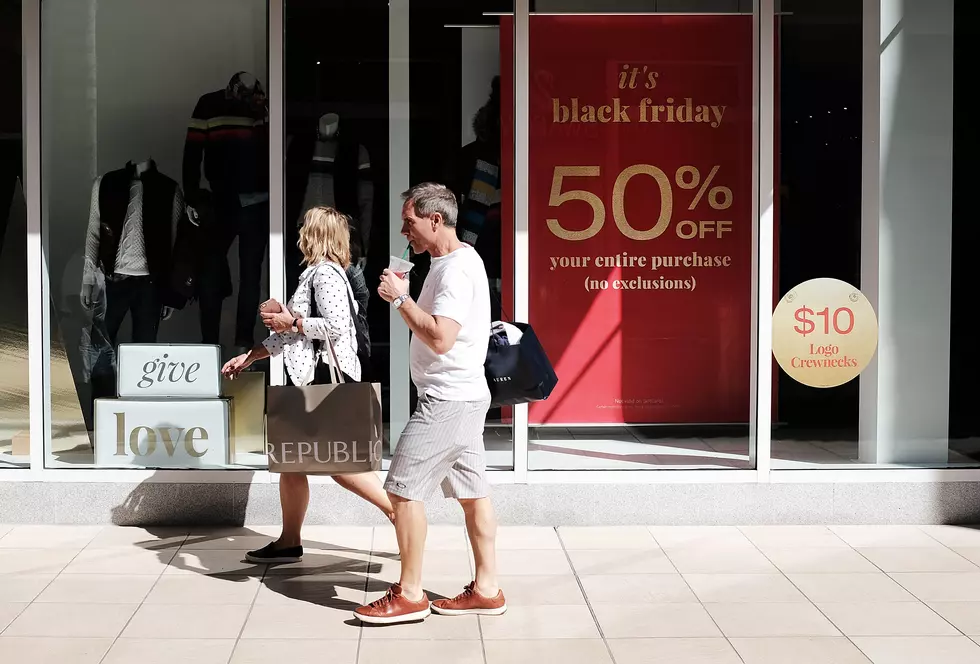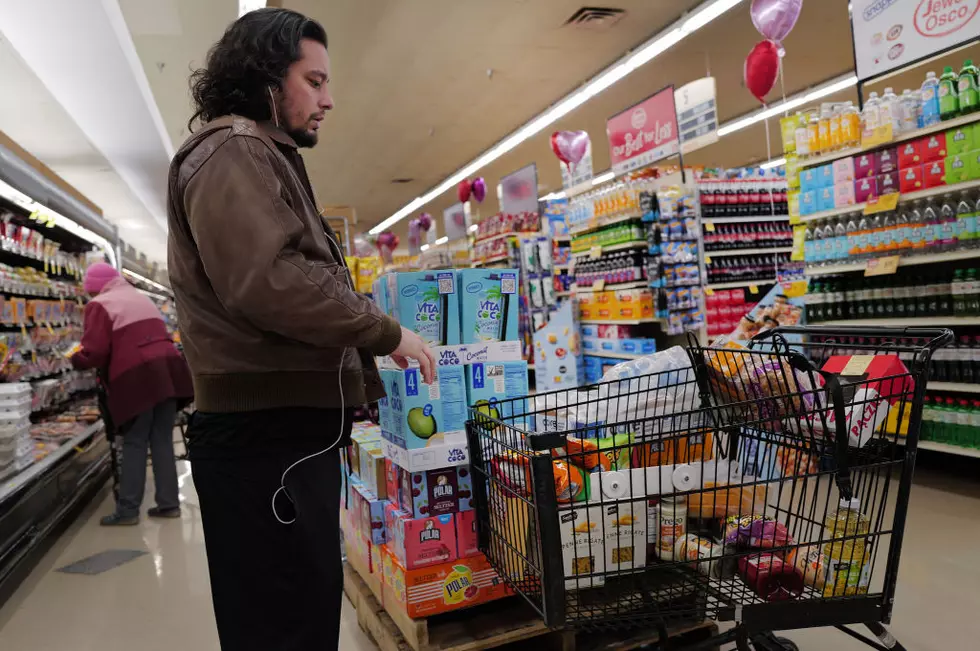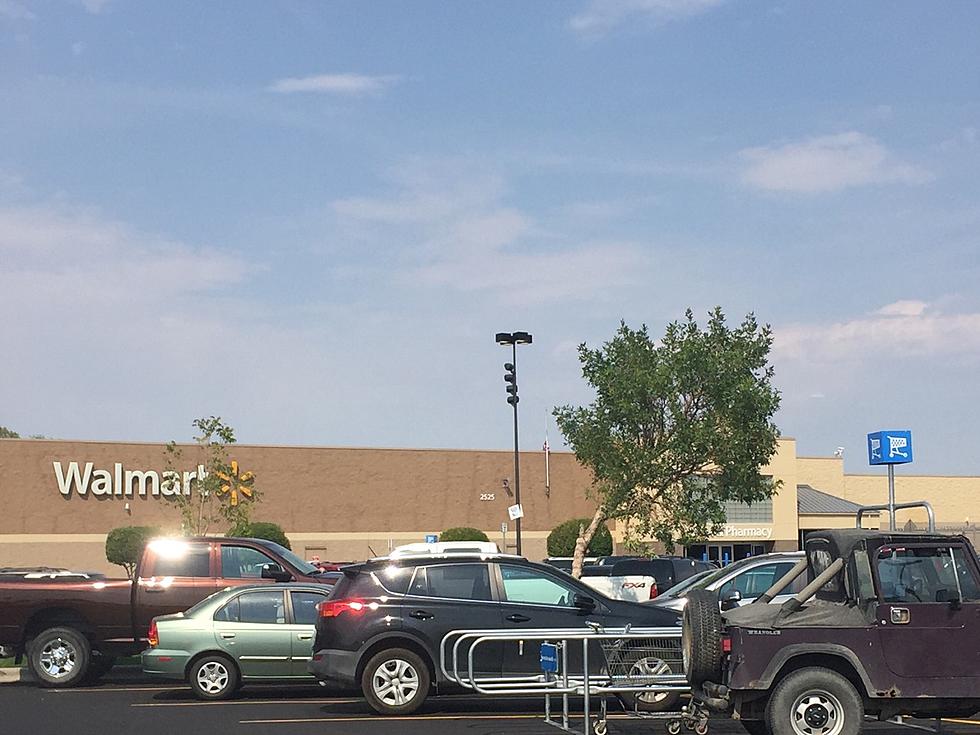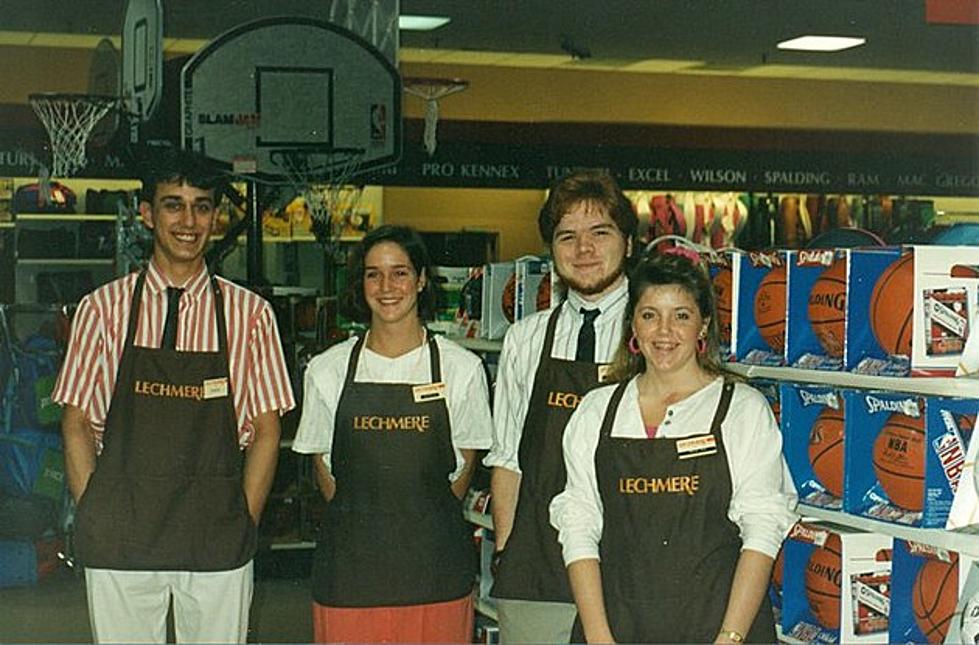
Here’s Why We Should Stay Positive About the Berkshire Mall
The Berkshire Mall has seen stores close at a somewhat frightening pace over the last few years. I know I have been hearing the comments about it throughout the process, but our mall is not the only one that has been dealing with some hardships in the United States.
In fact, some of these locations have been able to make something happen despite, what is being known as the "Retail Apocalypse." One scary statistic I have found was from an article on Fortune.com, according to a study by Credit Suisse, 1 in 4 malls may close across the country by 2022. If that happens to hit our area eventually, what can be done?
Luckily, some of these communities were able to take the sour lemons and turn them into lemonade. Here are some examples of evolution that have taken place throughout the country, courtesy of an article by the Wall Street Journal.
- 1
Hickory Hollow Mall in Tennessee
The Hickory Hollow Mall in Antioch, Tenn. closed in 2011 and it was definitely unfortunate. However, it was able to evolve into a satellite campus for Nashville State Community College. Not only that, they have also added a practice rink for the NHL's Nashville Predators, which can be used for public skating, lessons, parties and more. There is also still shopping in the venue.
"It still has stores, including an ethnic market filled with small immigrant businesses, but on a much smaller scale than before," said the Wall Street Journal.
- 2
Highland Mall in Texas
The Highland Mall's closing in Austin, TX also became a source of education for the area. Austin Community College took it over and also built a state-of-the-art math lab where their old JC Penney used to be. With the extra parking lot space, they are in the process of building housing for students, along with another important element.
"With a new light rail stop, the development has also become a magnet for local employers," says the WSJ.
- 3
Villa Italia Mall in Colorado
This is pretty cool. When this particular mall closed in 2001, the local government put together a plan with a developer to take the large area to another level. They went on to raze most of the buildings, cut new roads and create a lively hub neighborhood of homes, offices and arts centers, with some new stores too. This has been huge for the community and the revenue.
"Belmar, as it is now called, is already generating four times the tax revenue that the old mall did. Eight of the 13 malls in the Denver metropolitan area are being similarly retrofitted and remade," says WSJ.
- 4
Northgate Mall in Washington
This is another example of fulfilling a need in the community after the Northgate Mall outside of Seattle closed. In this case, the owner's of the mall asked for an expansion, which lead to a land swap. The former mall was also built atop a salmon stream.
"The existing parking lot was demolished, the stream was restored and housing, much of it for seniors, was built alongside it," says the WSJ.
These are just a few examples about taking a bad situation and making it a good one. Let's be clear, I hope the mall can make a comeback and surge on into the future. It is also not the fault of the mall itself, it's the time we live in. The digital, online shopping era is in full swing. If the worst case scenario happens, there are solutions.
What other ideas do you have? Leave them in the comment and we can discuss on the air.
More From WBEC FM









